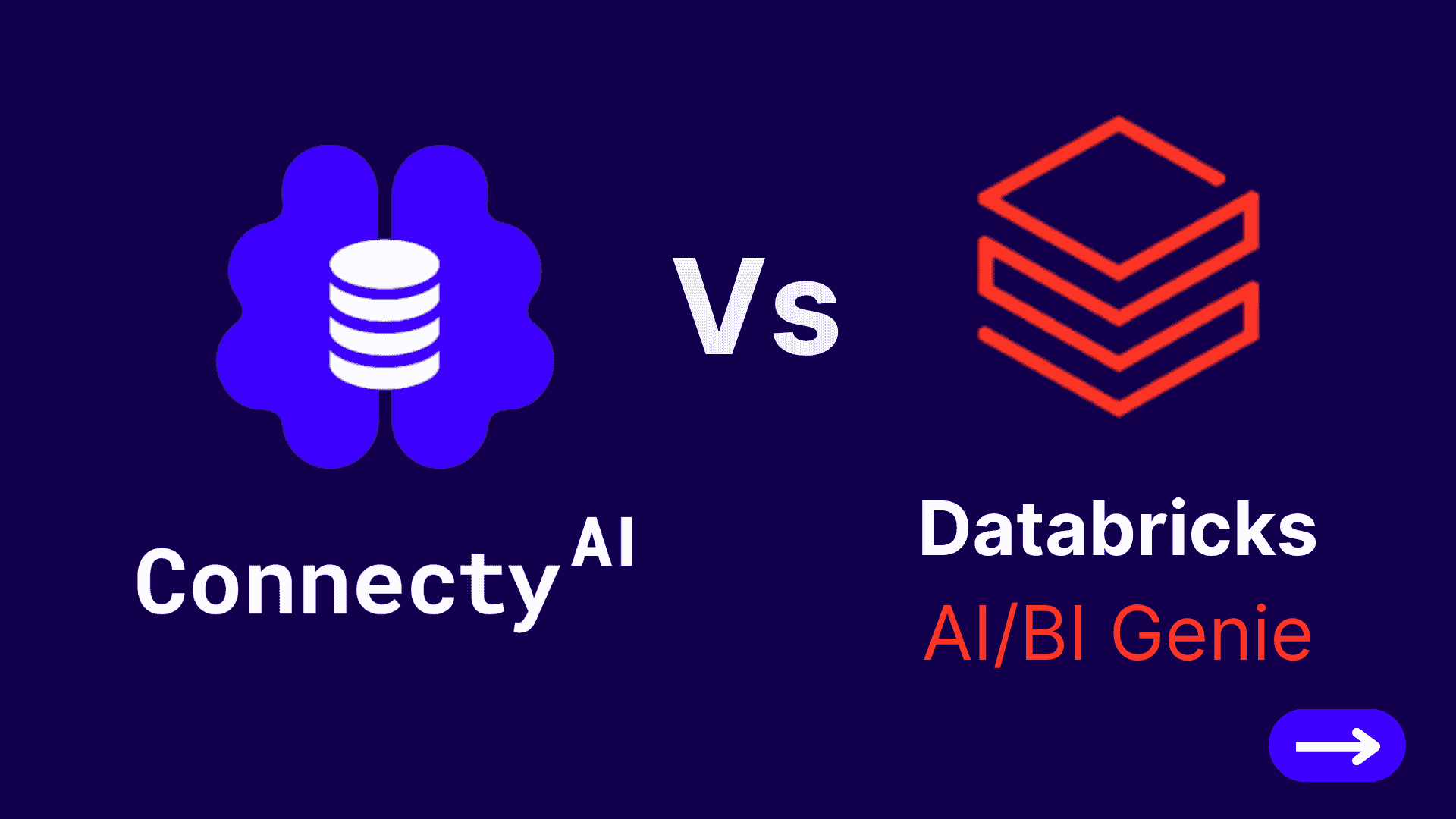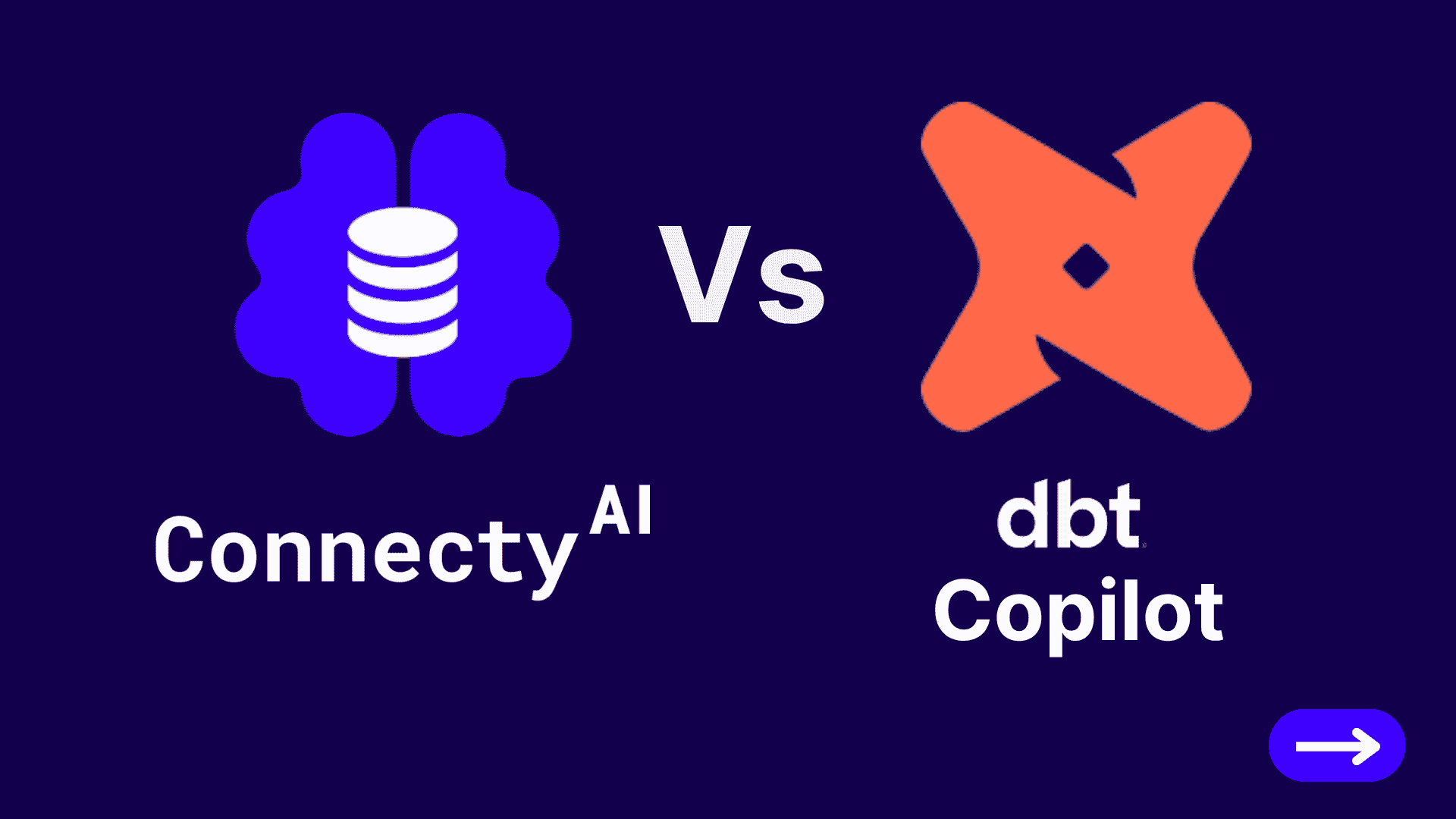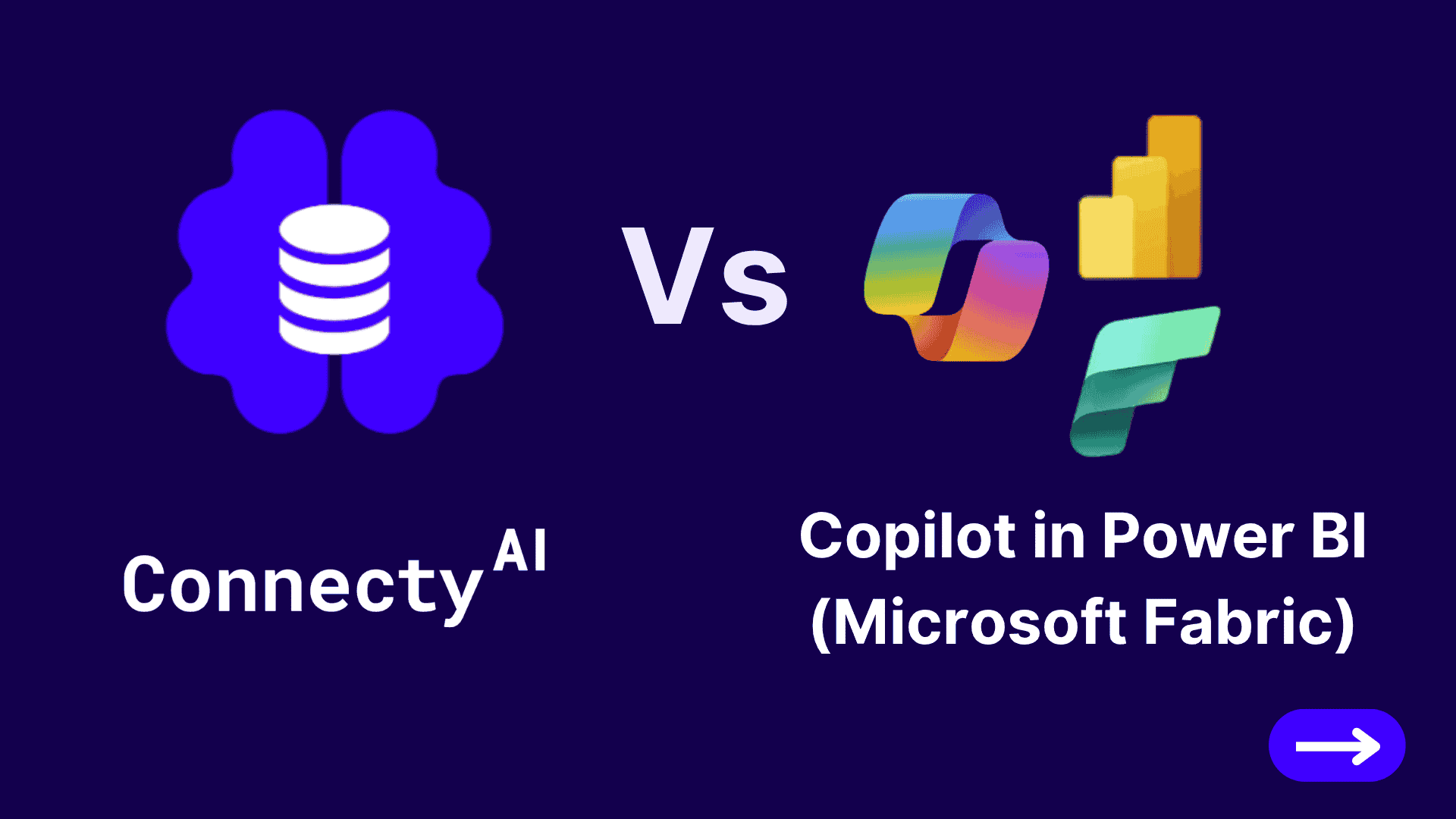Checklist to choose the right AI Analytics Tool
Here is a '15 Points Checklist' to assess a truly autonomous AI analytics solutions across critical categories including setup, automation, explainability, scalability, and user collaboration. Each section outlines what to look for when evaluating a modern AI analytics platform for structured data.
🛠️ 1. Setup & Maintenance
- Plug-and-play without engineering support
- Automatically syncs data catalogs and semantic layers
- Compatible with multiple data warehouses (e.g. Bigquery, Databricks, Snowflake)
- Allows flexible compute environment configuration
- Enables granular deployment (e.g. per team, per project)
🤖 2. AI Analysis & Interaction
- Offers natural language query interface
- Supports shared, collaborative analysis sessions
- Understands user intent to refine queries
- Provides contextual follow-up capabilities
- Maintains versioned answer history
- Handles multi-step, layered analytical reasoning
📐 3. Metric Automation
- Enables autonomous metric definition (no YAML/manual setup)
- Allows self-service metric discovery
- Automatically resolves conflicts between metrics
- Supports metric versioning and reusability
- Provides automated maintenance for metric logic changes
- Offers explainability for metric definitions
- Scales business logic without manual rework
- Includes a visual interface for semantic graph inspection
🔍 4. Explainability & Trust
- Provides clear AI-generated explanation of results
- Breaks down user questions into interpretable components
- Shows the full context and assumptions behind queries
- Allows visual inspection and editing of the semantic layer
📈 5. Capacity & Usage Limits
- Supports unlimited tables and views in context
- Scales to multiple data workspaces without performance issues
- Has no hard limits on instruction or query volume
- Maintains high throughput without throttling
💵 6. Pricing Evaluation
- No mandatory seat minimums
- All core features included in base plan
- No hard caps on metrics, queries, or workspaces
- Transparent pricing for AI and semantic layer features
📚 7. Documentation & Metadata
- Automatically generates dataset documentation
- Infers metadata (e.g. freshness, PII, stats) without manual setup
- Actively uses metadata to validate logic and detect issues
🧠 8. Semantic Modeling
- Automatically generates a semantic layer from day one
- Evolves the semantic graph based on usage patterns
- Accepts natural language input for enrichment and refinement
📊 9. Metrics Management
- Inferences metrics from historical queries
- Centralizes and validates metric logic
- Supports version control and reusability of metrics
- Eliminates need for manual configuration files
💬 10. Chat Analysis & Reasoning
- Supports agent-like, multi-step reasoning in chat
- Verifies assumptions and intermediate steps
- Allows multiple team members to join analytical threads
- Presents traceable logic for each result
🛡️ 11. Governance & Stewardship
- Offers environment-, workspace-, and column-level access controls
- Detects metric dependencies and impact of changes
- Includes stewardship features like drift detection or usage alerts
📣 12. Business User Enablement
- Delivers natural language summaries with each result
- Highlights assumptions, validations, and reliability markers
- Enables data access without SQL expertise
🧾 13. Explainability Audit Layer
- Provides full breakdown from user intent to SQL generation
- Allows review and adjustment of each logic step
- Maintains version history and audit trails for each result
👥 14. Collaborative Workflows
- Supports real-time collaboration in analysis threads
- Allows branching, editing, and role-based permissions
- Tracks edits and maintains traceability across users
🎯 15. Target Persona Alignment
- Designed for both technical and non-technical users
- Supports analysts, data engineers, and business users alike
- Balances user autonomy with centralized governance controls













